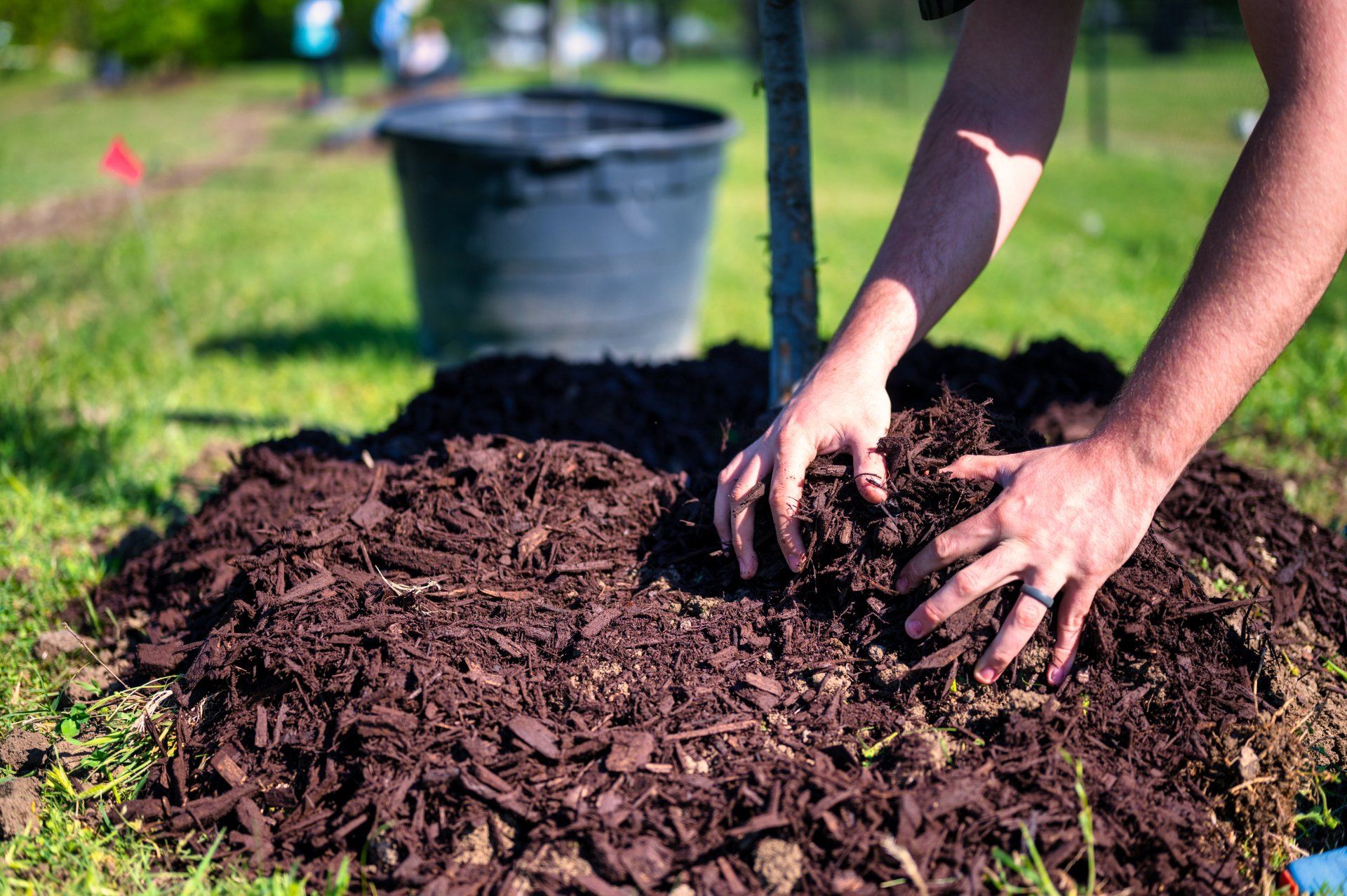A Hidden Danger: Hazardous Trees in Urban Environments
Trees in our urban landscapes, we often find solace in the beauty of trees that line our streets, parks, and neighbourhoods. These green giants provide shade, improve air quality, and enhance the aesthetic appeal of our cities. However, amidst their serene presence lies a hidden danger - hazardous trees. These trees, which may appear healthy on the outside, can pose significant risks to both people and property. In this blog post, we will explore the dangers associated with hazardous trees in urban environments and the importance of proactive tree management.
Identifying Hazardous Trees:
Identifying hazardous trees can be challenging, as many defects are not easily visible to the untrained eye. However, certain signs can indicate potential risks:
- Leaning or Unstable Trees: Trees that lean significantly or have an unstable root system may be at risk of toppling over, especially during storms or high winds.
- Cracks and Cavities: Visible cracks or cavities in the trunk or major branches can weaken the tree's structure and make it more susceptible to failure.
- Deadwood: Dead or decaying branches can fall unexpectedly, posing a significant risk to pedestrians, buildings, and vehicles.
- Fungal Growth: The presence of fungi on the trunk or base of a tree can indicate internal decay and compromise the tree's stability.
- Root Issues: Damaged or compromised root systems, such as those affected by construction, can lead to a tree's decline and increase the likelihood of it becoming hazardous.
- Lightning Strike: Although uncommon, lightning strike on trees may cause immediate danger or long-term damage to tree health and structure.
What is Considered a Target:
The term "target" refers to specific objects, areas, or individuals that are at risk of being affected by a hazardous tree:
- Targets can include people, buildings, vehicles, power lines, infrastructure, or any other element within the potential range of damage if the tree were to fall or shed branches.
- Identifying the target helps assess the level of risk associated with a hazardous tree.
- The target helps determine appropriate measures to mitigate risks, such as pruning, removal, or implementing safety measures to protect the target from potential harm.
The Dangers and Impacts:
Hazardous trees can cause severe damage and injury in urban environments:
- Property Damage: Falling branches or uprooted trees can damage buildings, cars, utility lines, and other infrastructure, resulting in costly repairs and disruptions.
- Personal Injury: Pedestrians, park-goers, and residents are at risk of injury or even fatality if they are struck by falling limbs or trees.
- Power Outages: Trees that fall onto power lines can cause widespread power outages, affecting the daily lives of countless individuals and businesses.
- Public Safety Concerns: When a hazardous tree is identified, it becomes a public safety concern that requires immediate attention and action to mitigate the risks.
The three images below are from a Eucalyptus microcorys that was deemed unsafe, the first two images are of visible defects and the third were hidden until removal.
Proactive Tree Management:
To ensure the safety of urban environments, proactive tree management by a qualified arborist is essential:
- Regular Inspections: Conduct annual inspections by certified arborists to assess the health and structural integrity of trees in urban areas. This includes assessing potential risks, identifying hazardous trees, and recommending appropriate actions.
- Pruning and Maintenance: Proper pruning techniques can help maintain tree health, reduce hazards, and promote structural stability. Regular maintenance, such as removing deadwood and controlling pests, is also crucial.
- Tree Removal when Necessary: In some cases, removing a hazardous tree may be the best course of action to eliminate risks. However, tree removal should always be done by experienced professionals following local regulations and guidelines.
- Planting Suitable Species: When selecting trees for urban environments, it is crucial to choose species that are well-suited to the site conditions and have a less invasive root system, reducing the likelihood of future hazards.
- Community Engagement: Engage with the community to raise awareness about the importance of tree management and encourage reporting of potential hazards. Encourage residents to participate in tree care initiatives and educate them about signs of hazardous trees.
To summarise:
Hazardous trees in urban environments present a significant threat to public safety, property, and infrastructure. Proactive tree management, including regular inspections, pruning, and appropriate removal, is crucial to mitigate risks and ensure the well-being of residents and the health of urban ecosystems. By staying vigilant and taking necessary actions, we can create safer and greener cities that prioritise the management of hazardous trees. Let us at Austreelia Tree Consulting work together with you to protect our urban environments and enjoy the many benefits that trees provide while minimising the potential dangers they may pose. If you're unsure about your trees and their condition and / or structure don't hesitate to contact us.





